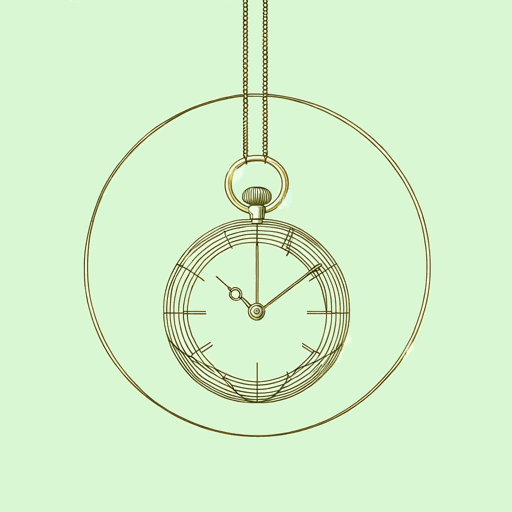16 pages • 32 minutes read
Naomi Long MadgettLife
Fiction | Poem | Adult | Published in 1993A modern alternative to SparkNotes and CliffsNotes, SuperSummary offers high-quality Study Guides with detailed chapter summaries and analysis of major themes, characters, and more.
Symbols & Motifs
The Watch
According to information listed on the Mathematical Association of America’s website, the first instances of measuring time date back to approximately 1500 BC with the implementation of sundials by the Egyptians (Devlin, Keith. “About Time.” Devlin’s Angle, 1999). However, the first mechanical clocks resembling the devices we know and use today “were invented in Europe around the start of the 14th century and were the standard timekeeping device until the pendulum clock was invented in 1656” (Bellis, Mary. “The Development of Clocks and Watches Over Time.” ThoughtCo. 2019). As references to timekeeping and clocks have worked their way into literary texts, these objects have acquired specific symbolic meanings. For example, clocks can symbolize “time pressure” and “serve as a reminder that time should be used wisely as it is a limited resource” (Rhys, Dani. “Clock Symbolism—What Does it Mean?” Symbolsage, 2022). Clocks also symbolize mortality and the passage of time, as well as the anxiety that comes with feeling overburdened and strained for time. In “Life,” the swinging pocket watch reflects the measurement of an individual’s lifespan. Each “tick” of the clock is a moment of life passing by.

